How to Inclusively Change the Landscape of Public Art and Activate Public Places

Atlanta native, LatinX woman, and metal sculpture artist Morgan Lugo discusses the need of inclusive design in the public art space and how it benefits the community as a whole.
2020 has been an unprecedented year for public demand of justice reform in the context of race. The Black Lives Matter movement is now the largest civil rights movement in global history and that fact alone means its name is now known throughout the global community.
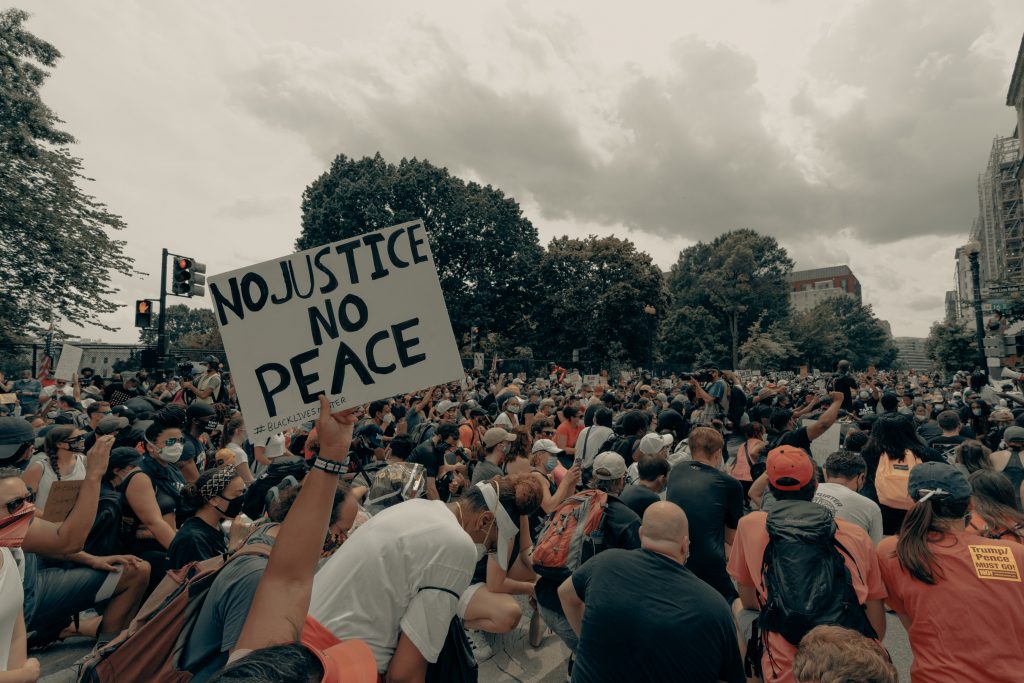
We have seen millions of people take to the streets to fight for anti-racist policy change and the end of police brutality following the murder of George Floyd. A powerful image of these prominent protests is the dismantling of old confederate monuments.
Despite its methods or location, the message was the same: People are demanding public art that is inclusive to a multitude of different communities and narratives. And with hundreds of confederate monuments or monuments linked to the slave trade having been removed – the world is listening.
As someone who makes bronze monuments for a living in a southern state, it has been an interesting time in history to watch and listen to the dialogue around these monuments being taken down. I am a sculptor based in Atlanta, Georgia. Along with my gallery work, I have been making bronze monuments for US- and Caribbean-based clients for 6 years now. What I deeply love about making these large-scale sculptures is the opportunity to have a hand in changing what is represented in public spaces.
Since making monuments is my career, I have a lot of people ask me, “How does the tearing down of monuments make you feel?” Clearly, I am personally aware of the insane amount of time, money, and planning that it takes to make a bronze monument of this magnitude. Yet, I do not mourn the removal of these outdated statues.

The biggest surprise to many but what is possibly the most important fact about the removal of statues is that this is not a new phenomenon and has been going on for lifetimes. When kingdoms were conquered, when regimes were overthrown, and now, when the monuments represent outdated historical figures/ideals, it is time to change them. Public art is meant to be something that positively activates the community it is placed in. These sculptures should represent the culture of the public spaces that they are built for.
The apparent issue with monuments that get torn down is that they represent only one side of history. This inherently creates value or priority to the narrative that is being displayed in the monument without regard to how this negatively affects the marginalized communities subjected to seeing it. When people who have been negatively affected by the historical figures that are quite literally put on a pedestal in the center of their neighborhoods, it is not surprising that people cry out in frustration at the misrepresentation in their communities.
When I am working on a project making monuments for public spaces, it is extremely important to ask who is funding this project, why are they funding this project, and who is this project going to serve. History is always being written and because of that fact, the landscape of public art is always changing.
This presents the question of how do we activate public spaces with inclusivity in mind? This will forever be a daunting question given the fact that the answer is different for every community and every individual.
Some questions that always come to the forefront of the conversation are: In the future, should we avoid doing figurative monuments all together? If we continue to make figurative monuments, what is the criteria to determine who? Is this something the public votes on or can private investors be permitted to influence public space in such a visual way? If a monument is constructed for a specific purpose or of a specific person, how do you determine the right artist for the job? Should this be driven by skill and cost or should demographic and cultural significance be considered into this contract? How do you make sure the monument retains its symbolic integrity over time? Is there a way to create a monument that has the ability to be malleable in the case that its symbolic integrity changes?
There is not really a straight forward answer for any of these questions, yet. But, it is important to remember when making these choices that public art is for the people and it tangibly, and even financially, affects the communities in which they are placed. Perhaps the easiest rule of thumb is to remember what the purpose of a public monument is: It is meant to serve the community it is placed in, inspire people, enrich the visual landscape, and activate the public arena in a positive way. Moving forward, it is critical that we consider and communicate with the communities these sculptures will be placed in.
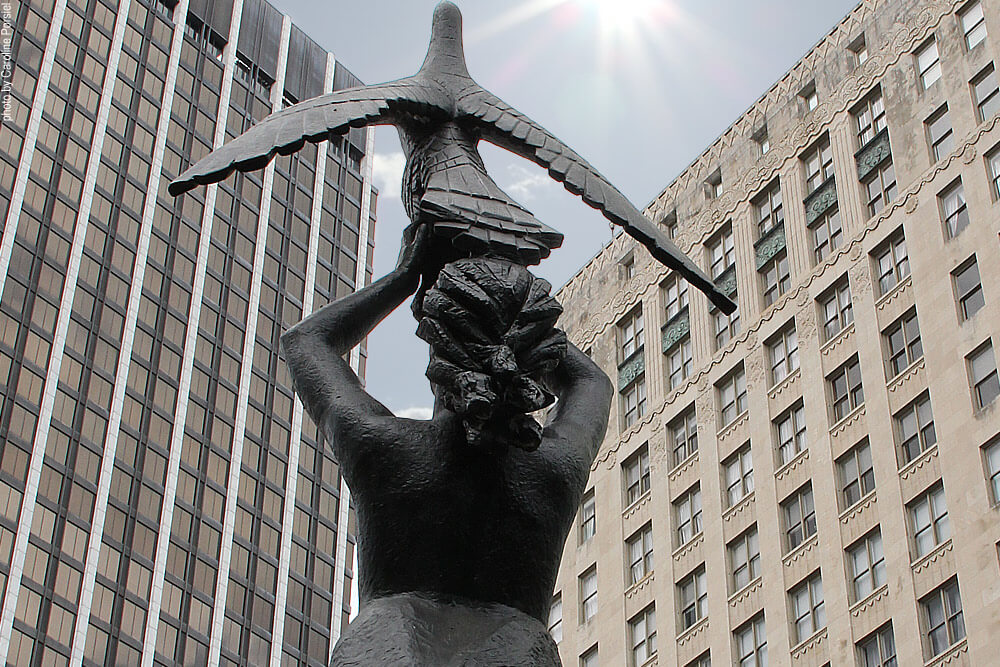
In Atlanta, we have quite a few phoenix statues placed in public spaces around the city – these are successful for a couple reasons. These statues reference when the Union soldiers burnt down Atlanta during Sherman’s March to the Sea during the Civil War and how Atlanta rebuilt itself from the ash. These sculptures are successful because they reference a specific moment in history while instilling an inspiring message of resilience and perseverance that is meant for the city as a whole, regardless of demographics.
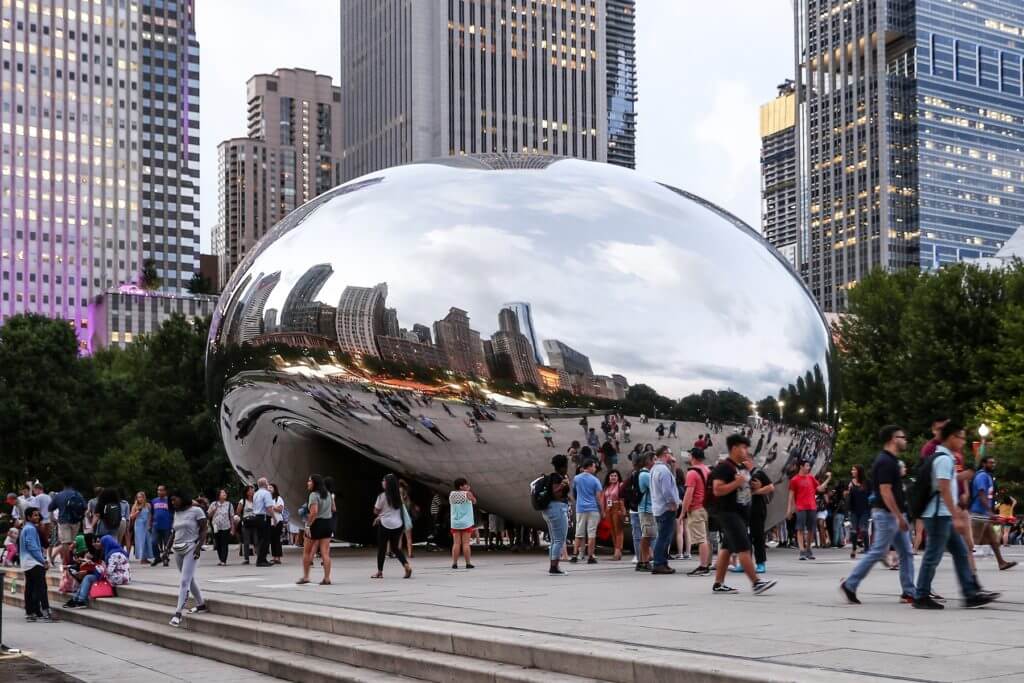
Another exceptionally successful piece of public art is “Cloud Gate” by Anish Kapoor located in Millennium Park in Chicago. You may have heard this sculpture commonly referred to as “The Bean.” “Cloud Gate” is arguably one of the most famous pieces of public art in the US at this moment in time. This abstract sculpture features a beautifully high-polished surface molded onto a warped shape that reflects the skyline of the city as well as the people walking all around it. This sculpture is always going to be relevant to whatever time in history it exists because it will always be referential of the society it is in, merely because of the reflection alone.
Currently, we are faced with the choice to honor a past with figures that do not represent the current communities in which they reside, or, we confront our past and objectively ask ourselves how we can create public spaces that are comfortable for the public in which they exist. We are getting the chance to change our public space narrative by deciding what to do with these monuments: Keep them where they are? Destroy them and use the materials to erect modern and publicly approved statues? Take them down and put them in a museum? Do we tear down the Robert E. Lee statue in Richmond, Virginia or do we leave it up covered in the rainbow of Black Lives Matter tags?
No matter your stance, we can agree that this is a very physical representation of the past and present colliding. Now, it’s a matter of asking yourself, is keeping these monuments an effective way to commemorate the story currently unfolding in front of us or is it hurting the public morale? One thing is for certain, the current activism going on will change the discourse on public art for years to come, ensuring the future activation of public spaces with inclusivity in mind.
Morgan Lugo Contact
- Website: http://www.morganlugosculpture.com/




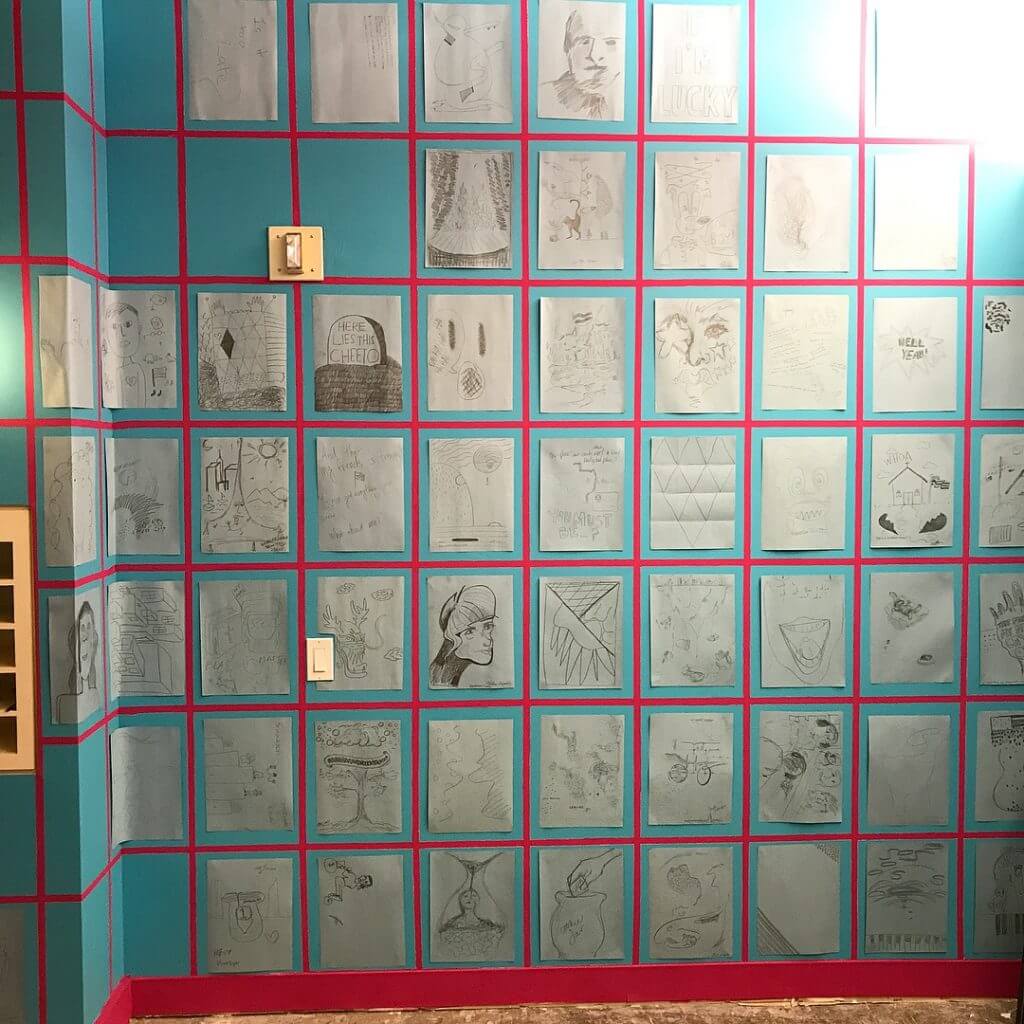
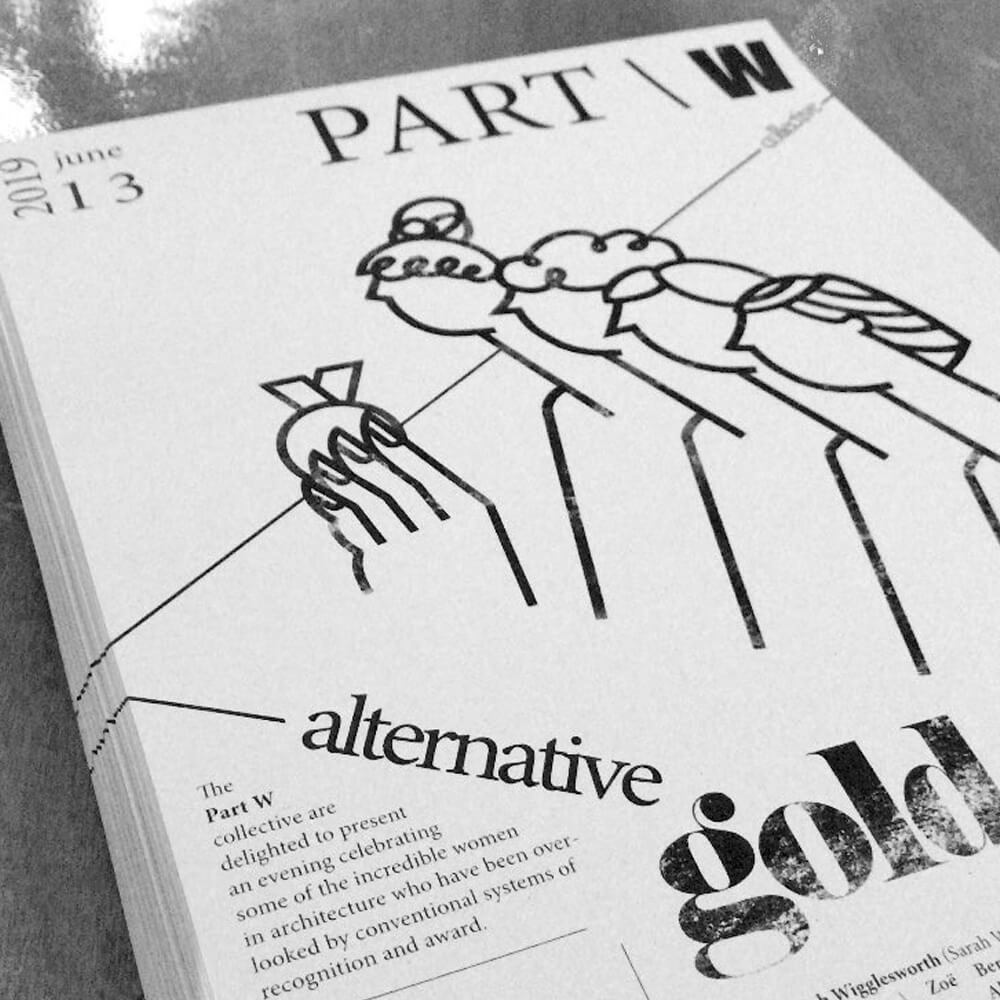



Responses